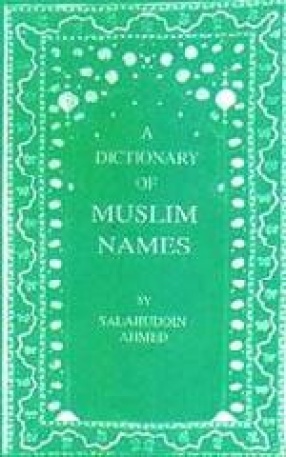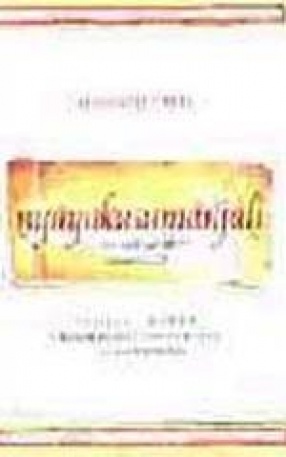The present work deals with some basic problems common to both the traditions, namely grammarians and dhvani school of rhetoricians. This work seeks to trace the mutual relationship, influence, continuance and critical thought of works belonging to two different fields. In order to keep the inquiry within limits I have discussed mainly the more important theories in both the traditions namely, sphota, pratibha and (dhvani). In this book I have attempted to present the views of Bhartrhari and Anandavardhana in a historical perspective. It is my endeavour to set forth the sphota, pratibha and dhvani theories using modern terminology to the extent possible and necessary. The theory of sphota has been discussed by the ancient and modern scholars alike. It has undergone two different interpretations: phonetic and semantic. Mandana Misra, Kaunda Bhatta and Nagesa Bhatta support sphota to explain unitariness of word and sentence as a meaning conveying units. According to Anandavardhana, just as the sounds reveal meaningful entities so in poetry words and their meanings reveal suggested sense. Just as the sphota theory takes into account both the sound element and the meaning element similarly Anandavardhana’s dhvani theory says that sounds reveal suggested sense. Thus we find a striking parallel of dhvani theory of poetics with the grammarian’s sphota theory.
Sphota, Pratibha and Dhvani
In stock
Free & Quick Delivery Worldwide
Bibliographic information
Title
Sphota, Pratibha and Dhvani
Author
Edition
1st ed.
Publisher
Eastern Book Linkers, 2006
ISBN
8187541106
Length
xxxii+284p., References; Bibliography; 23cm.
Subjects





There are no reviews yet.